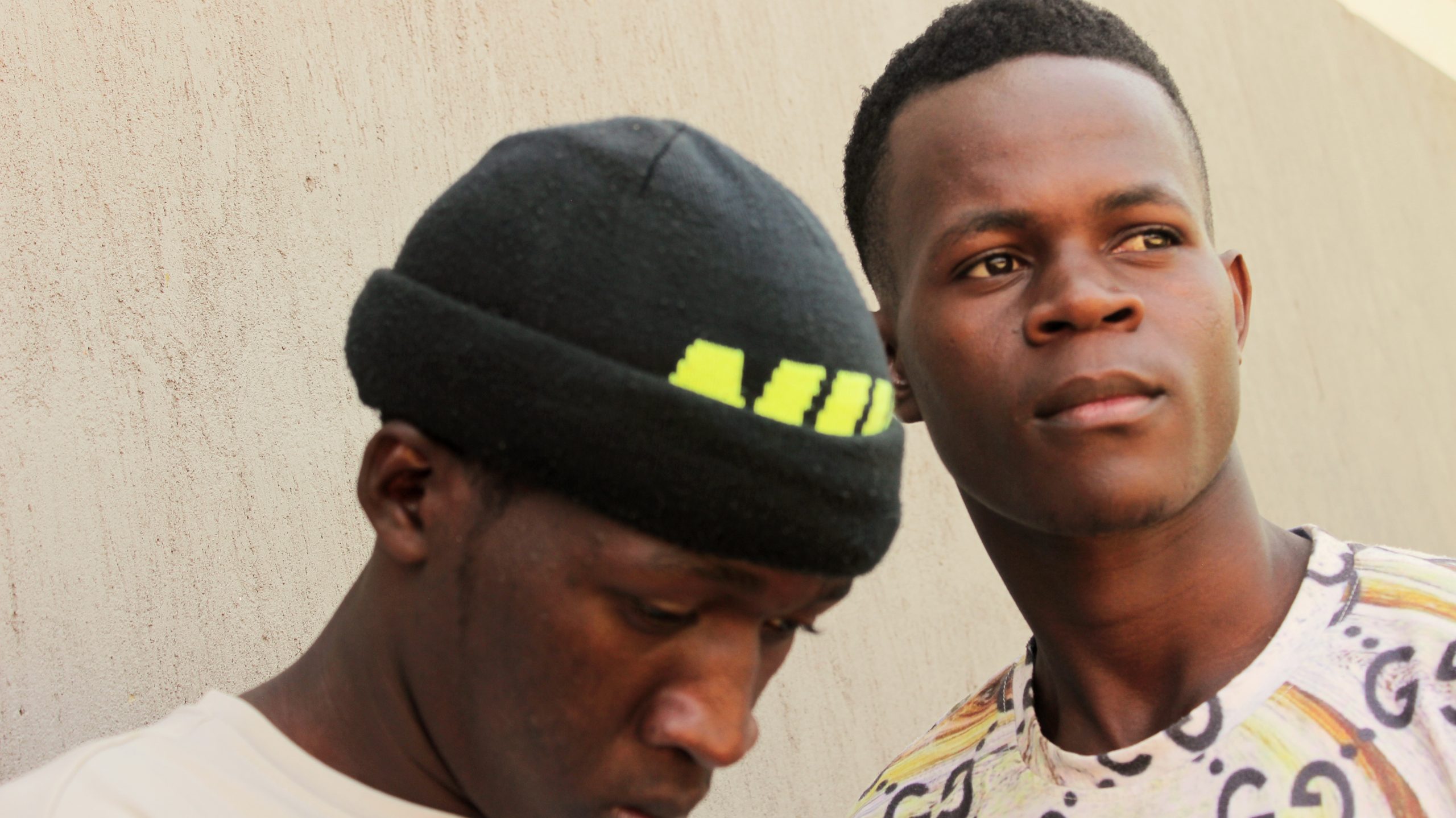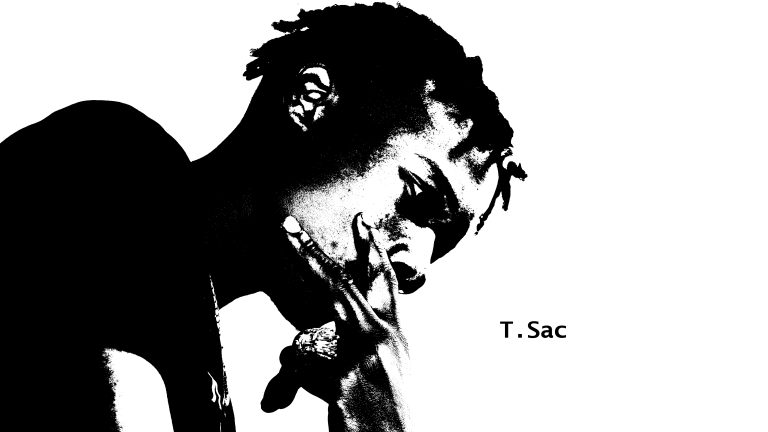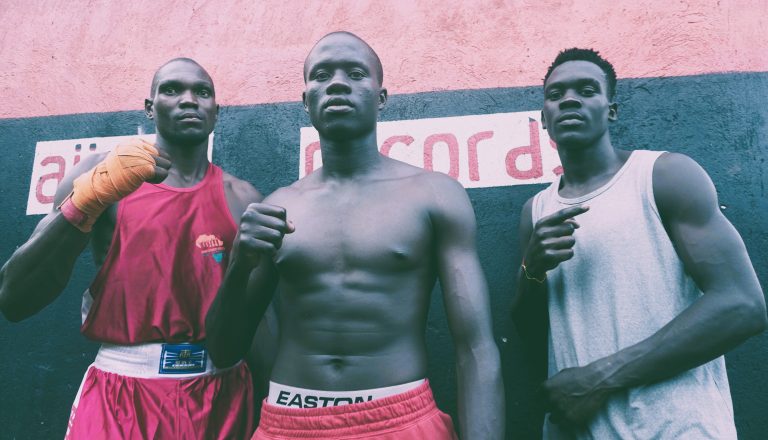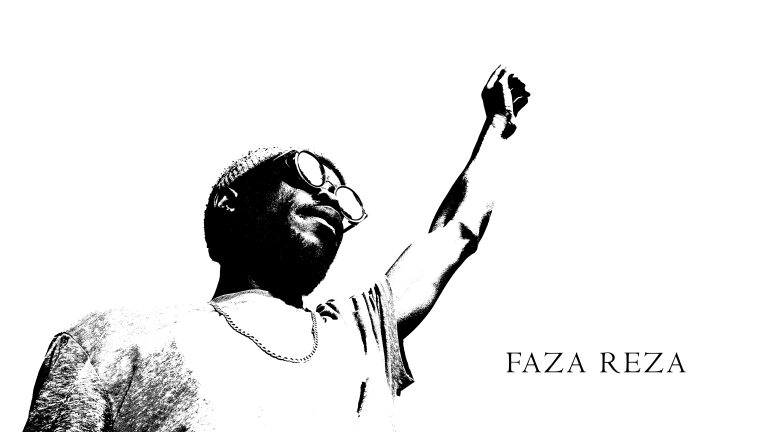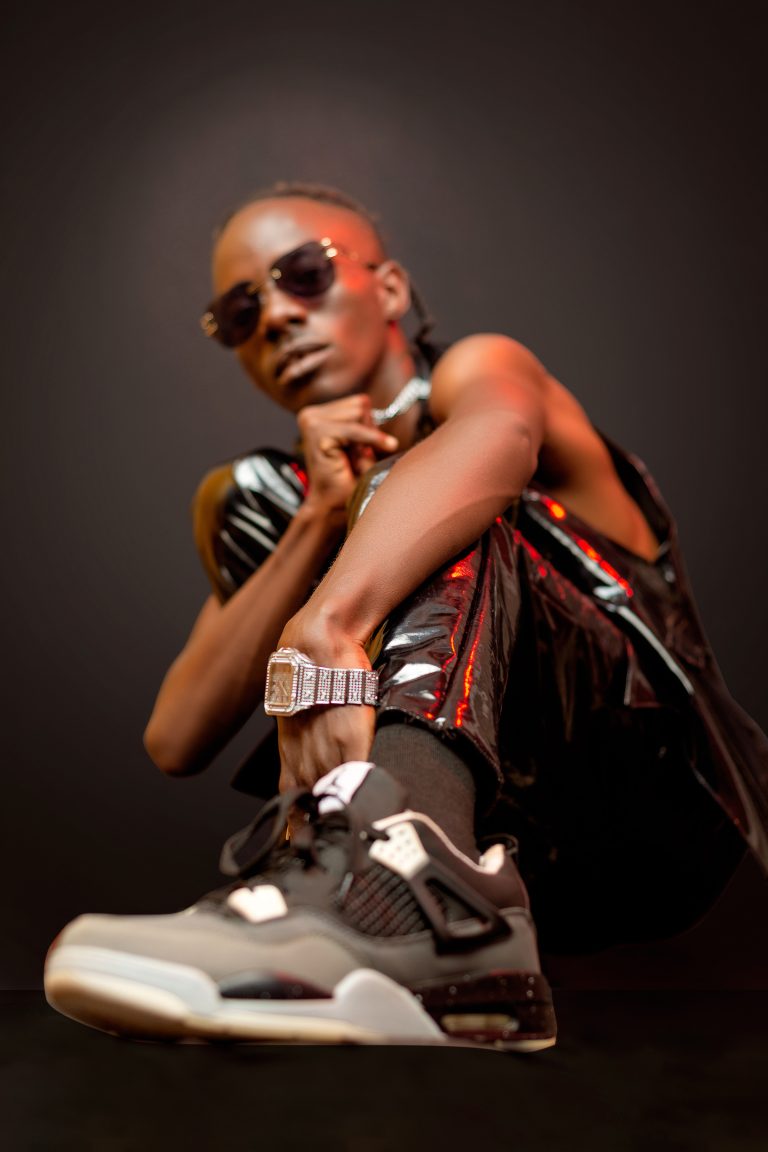Creativity in Ugandan Music
Uganda is a country with a rich and diverse musical heritage. From the traditional instruments and rhythms of the various ethnic groups, to the modern genres and styles influenced by global trends, Ugandan music is a vibrant and dynamic expression of culture and identity.
One of the most remarkable aspects of Ugandan music is its creativity. Ugandan musicians are constantly experimenting with new sounds, fusing different elements, and creating original compositions that reflect their experiences and aspirations. Creativity is not only a source of artistic innovation, but also a way of overcoming challenges and adapting to changing circumstances.
In this blog post, I will explore some of the factors that contribute to the creativity of Ugandan music, and highlight some of the examples that showcase its diversity and originality.
Factors that contribute to creativity in Ugandan music
History and heritage: Uganda has a long and complex history that has shaped its musical traditions. The country has been influenced by various colonial powers, such as Britain, Germany, and Arab traders, who introduced new instruments, genres, and languages. Uganda has also experienced periods of political turmoil, civil war, and dictatorship, which have affected the social and economic conditions of its people. These historical events have inspired many musicians to use music as a form of resistance, protest, or healing. For instance, the kadongo kamu genre emerged in the 1960s as a way of criticizing the government through satirical songs. The hip hop genre developed in the 1990s as a way of expressing the frustrations and aspirations of the urban youth. The gospel genre flourished in the 2000s as a way of spreading hope and faith in times of hardship.
Diversity and fusion: Uganda is a country with over 40 ethnic groups, each with its own musical traditions and instruments. Some of the most common instruments include the adungu (a harp-like stringed instrument), the akogo (a thumb piano), the endongo (a bowl lyre), the engalabi (a long drum), and the endere (a flute). These instruments are often combined with modern instruments, such as guitars, keyboards, drums, and synthesizers, to create unique sounds and styles. For example, the Afro-fusion genre blends traditional elements with contemporary influences, such as jazz, reggae, soul, and pop. Some of the popular artists in this genre include Maurice Kirya, Suzan Kerunen, Joel Sebunjo, and Sandra Nankoma.
Innovation and technology: Uganda is a country with a growing and vibrant music industry that is driven by innovation and technology. Ugandan musicians are constantly exploring new ways of producing, distributing, and consuming music. For example, many musicians use digital platforms, such as YouTube, SoundCloud, Spotify, and iTunes, to reach wider audiences and generate income. Some musicians also use mobile phones, laptops, and software applications to record and edit their own music. For example, Eddy Kenzo is a self-taught musician who started his career by recording songs on his phone and uploading them online. He later became an international sensation with his hit song “Sitya Loss”, which went viral on YouTube.
One of the most prominent features of Ugandan music is the use of local languages and dialects. Uganda has over 40 languages spoken by different communities, and many musicians choose to sing in their mother tongue or mix different languages in their lyrics. This gives their music a unique identity and flavor, as well as a way of preserving and promoting their culture. Some examples of popular musicians who use local languages are Eddy Kenzo, who sings in Luganda, Sheebah Karungi, who sings in Swahili and Luganda, and Navio, who raps in English and Luganda.
Another way that Ugandan musicians are creative is by experimenting with different sounds and styles. Uganda has a vibrant music scene that is influenced by both local and international trends. Many musicians blend traditional elements with modern beats, creating fusion genres that appeal to a wide audience. For instance, Jose Chameleone is known for his blend of reggae, raga and bongo flava, while Bebe Cool mixes dancehall, ragga and afro-pop. Some musicians also incorporate live instruments into their performances, such as saxophones, guitars and drums, adding more depth and variety to their sound.
Ugandan musicians are creative is by using their music as a platform for social commentary and activism. Uganda is a country that faces many challenges, such as poverty, corruption, human rights violations and political instability. Many musicians use their music as a way of raising awareness and expressing their opinions on these issues, as well as inspiring positive change. For example, Bobi Wine is a musician who became a politician and leader of the opposition party, using his songs to criticize the government and advocate for democracy. Another example is Juliana Kanyomozi, who is a UNICEF ambassador and uses her music to support causes such as maternal health, education and gender equality.
These are just some of the ways that Ugandan musicians are creative in their music. There are many more examples of talented and innovative artists who are making waves in the local and international music industry. Uganda is a country that celebrates its musical diversity and encourages its musicians to express themselves freely and authentically.
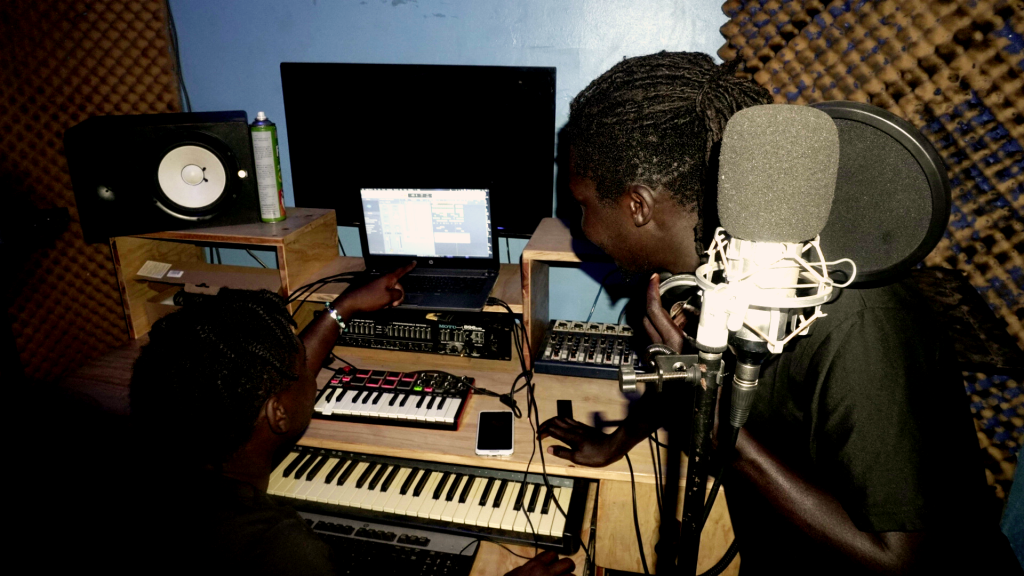
https://open.spotify.com/artist/3XpkxM0ZDOMV5L6OeG3gmk?si=riAg8F7ETpK4ivAAQEoFFA

